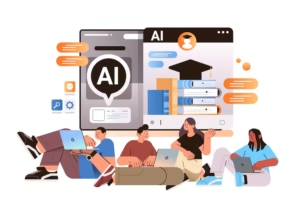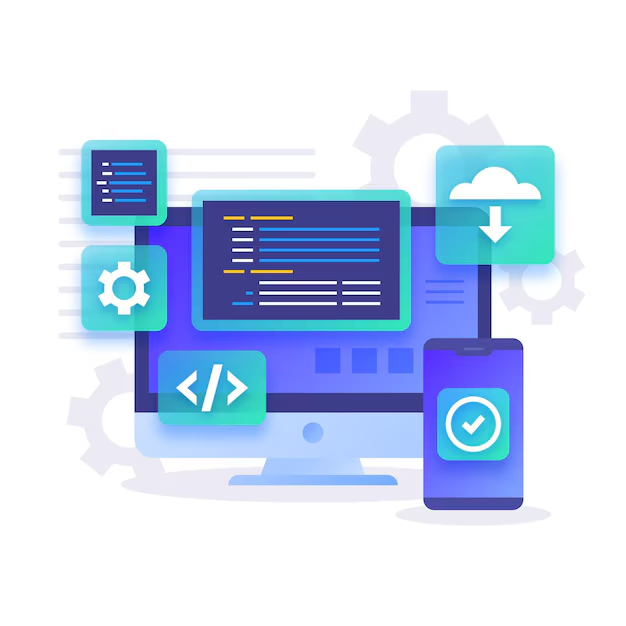
Table of Contents
Introduction
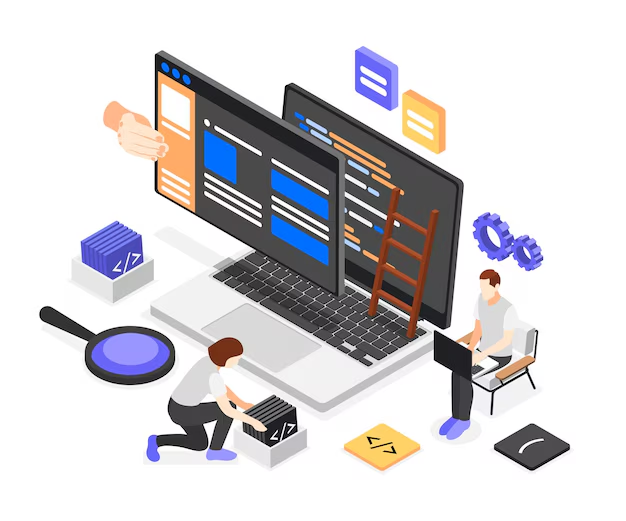
Web development is constantly evolving, bringing in new technologies and practices that shape how websites and applications are built. Staying updated with these trends is crucial for developers, especially students and newcomers to the field, to remain competitive and effective. In 2024, several key trends are expected to dominate the web development landscape, including Progressive Web Apps (PWAs), artificial intelligence integration, voice search optimization, and more. These trends not only improve user experience but also enhance website performance and accessibility. Let’s explore the top web development trends to watch in 2024.
1. Progressive Web Apps (PWAs)
Explanation of PWAs and Their Benefits: Progressive Web Apps (PWAs) are web applications that offer a native app-like experience directly in a web browser. They use modern web technologies to deliver fast, reliable, and engaging user experiences, even in areas with poor internet connectivity. PWAs are installable on users’ home screens without needing to go through an app store, making them easily accessible.
How They Enhance User Experience and Improve Performance: PWAs significantly enhance user experience by providing faster load times, offline functionality, and push notifications. These features make PWAs more reliable and engaging than traditional web apps. They use service workers to cache resources and manage network requests, ensuring that the app loads quickly and remains functional even without a network connection.
Examples of Successful PWAs and Their Impact on User Engagement:
- Twitter Lite: Twitter’s PWA, Twitter Lite, has improved user engagement by offering a fast, data-friendly experience that works even on slow networks.
- Pinterest: Pinterest’s PWA resulted in a 60% increase in engagement and a 44% increase in ad revenue. Users can access the app quickly and reliably, even with limited connectivity.
2. Artificial Intelligence and Chatbots
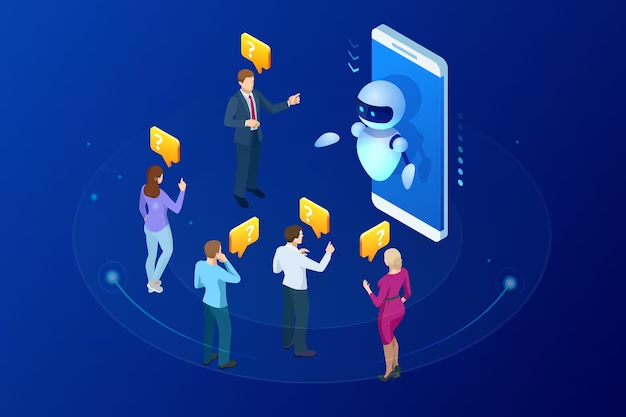
Role of AI in Web Development: Artificial Intelligence (AI) is revolutionizing web development by enabling personalized user experiences, automating tasks, and improving efficiency. AI can analyze user behavior to deliver tailored content, optimize search results, and enhance website functionalities.
How Chatbots Improve Customer Service and Engagement: Chatbots, powered by AI, provide instant customer support and engagement. They can handle a wide range of queries, from answering common questions to assisting with transactions. This 24/7 availability improves user satisfaction and reduces the workload on human customer service agents.
Real-World Applications and Benefits of AI-Driven Websites:
- Amazon: Uses AI to personalize product recommendations, enhancing user experience and boosting sales.
- Duolingo: Employs AI to adapt language learning exercises based on individual progress, making learning more effective. AI-driven websites can analyze user interactions, predict needs, and offer customized solutions, significantly enhancing user engagement and satisfaction.
3. Voice Search Optimization

Growth of Voice Search and Its Implications for Web Development: Voice search is becoming increasingly popular with the rise of smart speakers and virtual assistants like Siri, Alexa, and Google Assistant. This trend requires web developers to optimize websites for voice search to ensure accessibility and user satisfaction.
Techniques for Optimizing Websites for Voice Search:
- Natural Language Processing: Use conversational keywords and phrases that match how people speak.
- Featured Snippets: Structure content to provide concise answers that can be easily read aloud by voice assistants.
- Mobile Optimization: Ensure your website is mobile-friendly, as most voice searches are conducted on mobile devices.
Importance of Conversational UI and Natural Language Processing: Conversational user interfaces (UI) and natural language processing (NLP) are essential for creating intuitive and effective voice search experiences. They allow users to interact with websites naturally and effortlessly, leading to higher engagement and satisfaction.
4. Accelerated Mobile Pages (AMP)

Explanation of AMP and Its Benefits for Mobile Performance: Accelerated Mobile Pages (AMP) is an open-source framework designed to make mobile pages load faster. AMP uses a streamlined version of HTML and restricts certain elements to ensure quick loading times and smooth performance on mobile devices.
How AMP Affects SEO and User Experience: AMP improves SEO by enhancing page load speed, which is a crucial ranking factor for search engines. Faster loading pages also lead to lower bounce rates and higher user engagement, as users are more likely to stay on and interact with a site that loads quickly.
Implementation Tips for Developers:
- Use AMP HTML: A simplified version of HTML designed for creating fast-loading pages.
- Leverage AMP JavaScript: Ensures the fast rendering of AMP pages by managing resource handling and loading.
- Implement AMP Cache: A content delivery network that serves cached AMP HTML pages, further speeding up load times.
5. Single Page Applications (SPAs)
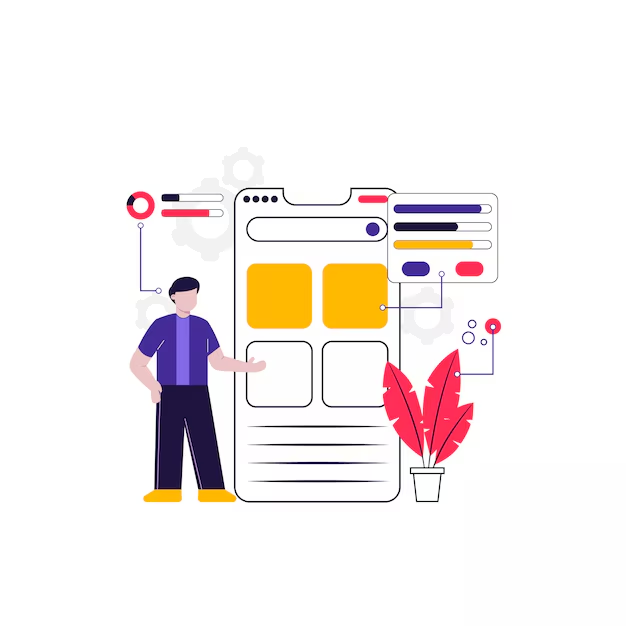
Definition and Benefits of SPAs: Single Page Applications (SPAs) are web applications that load a single HTML page and dynamically update content as the user interacts with the app. This approach eliminates the need to reload the entire page, resulting in a smoother and faster user experience.
Popular Frameworks for Building SPAs:
- React: A JavaScript library for building user interfaces, particularly known for its efficiency and flexibility.
- Angular: A platform and framework for building single-page client applications using HTML and TypeScript.
- Vue.js: A progressive JavaScript framework for building user interfaces, known for its simplicity and integration capabilities.
Examples of Effective SPAs and Their User Experience Improvements:
- Gmail: A well-known example of an SPA, Gmail provides a seamless and fast email experience without requiring full-page reloads.
- Google Maps: Another SPA that allows users to interact with maps, search locations, and get directions without refreshing the page.
6. Motion UI

Importance of Motion Design in Enhancing User Interfaces: Motion design adds an extra layer of interactivity and feedback to web interfaces, making user experiences more engaging and intuitive. Effective motion UI can guide users’ attention, provide visual feedback, and create a more dynamic and enjoyable browsing experience.
Tools and Libraries for Implementing Motion UI:
- Motion UI Library: A Sass library that makes it easy to add transitions and animations to your project.
- GreenSock Animation Platform (GSAP): A powerful library for creating complex animations with high performance.
- Framer Motion: A popular React library that offers simple and powerful animations for modern web applications.
Best Practices for Creating Engaging Animations and Transitions:
- Use Animations Sparingly: Overuse of animations can be distracting. Use them to enhance usability, not just for decoration.
- Ensure Performance: Optimize animations to avoid impacting page load times and responsiveness.
- Maintain Consistency: Ensure that animations align with the overall design and user experience of the site.
7. Cybersecurity in Web Development

Growing Importance of Cybersecurity in Web Development: As cyber threats become more sophisticated, cybersecurity is increasingly crucial in web development. Ensuring that websites and applications are secure protects user data and maintains trust.
Common Threats and Vulnerabilities:
- Cross-Site Scripting (XSS): Attacks that inject malicious scripts into webpages.
- SQL Injection: Exploits that insert malicious SQL queries into the database.
- Cross-Site Request Forgery (CSRF): Attacks that trick users into executing unwanted actions on a web application.
Best Practices for Securing Websites and Protecting User Data:
- Use HTTPS: Encrypt data transmitted between the user and the server.
- Implement Proper Authentication: Use strong, multi-factor authentication methods.
- Regular Security Audits: Conduct frequent security checks and updates to identify and fix vulnerabilities.
8. Serverless Architecture

Explanation of Serverless Architecture and Its Benefits: Serverless architecture allows developers to build and run applications without managing servers. Instead, cloud providers handle server management and scaling, allowing developers to focus on writing code.
How It Simplifies Backend Development and Reduces Costs:
- No Server Management: Developers do not need to worry about server maintenance, scaling, or provisioning.
- Cost Efficiency: You pay only for the compute resources you use, which can be more cost-effective than traditional server-based models.
Popular Platforms for Serverless Computing:
- AWS Lambda: Amazon Web Services’ serverless computing platform that allows you to run code in response to events.
- Azure Functions: Microsoft’s serverless computing service that enables you to build and deploy applications without managing infrastructure.
9. API-First Development
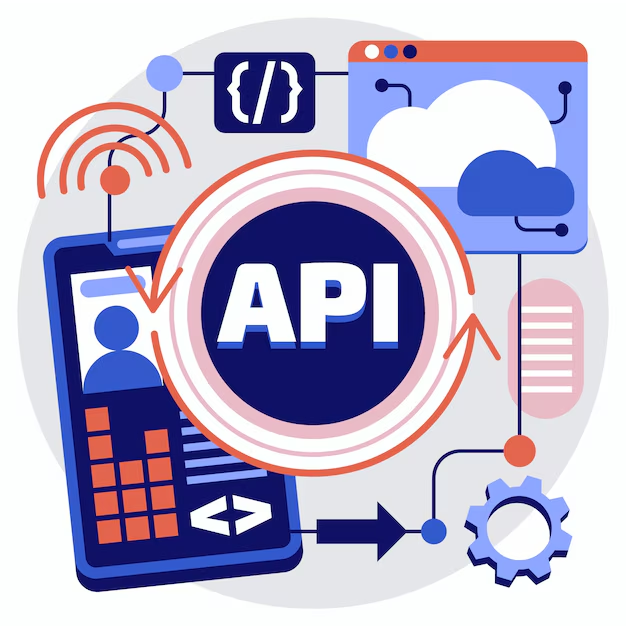
Importance of API-First Development in Modern Web Applications: API-first development focuses on designing APIs before building the application. This approach ensures that APIs are well-defined and can be used to integrate different services seamlessly.
Benefits of Using APIs for Scalability and Flexibility:
- Scalability: APIs allow different parts of an application or different applications to scale independently.
- Flexibility: APIs enable easy integration with other services and platforms, allowing for more versatile and adaptable applications.
Tools and Best Practices for Building Robust APIs:
- Swagger/OpenAPI: Tools for designing, building, and documenting APIs.
- Use RESTful Principles: Follow RESTful design principles for building scalable and maintainable APIs.
- Versioning: Implement API versioning to manage changes and ensure backward compatibility.
10. Blockchain Technology

Emerging Role of Blockchain in Web Development: Blockchain technology is becoming more relevant in web development beyond its use in cryptocurrency. It offers secure, transparent, and decentralized solutions for various applications.
Use Cases for Blockchain Beyond Cryptocurrency:
- Smart Contracts: Self-executing contracts with the terms directly written into code, automating processes and reducing the need for intermediaries.
- Supply Chain Management: Tracking and verifying the authenticity of products through a transparent and immutable ledger.
- Decentralized Applications (DApps): Applications that run on a decentralized network, offering increased security and reliability.
Examples of Blockchain Applications in Web Development:
- Ethereum: A blockchain platform that supports smart contracts and decentralized applications.
- Hyperledger Fabric: An open-source blockchain framework for developing enterprise-level applications with a focus on privacy and security.
11. Responsive Design and Mobile-First Approach

Continued Importance of Responsive Design: Responsive design ensures that websites provide an optimal viewing experience across a wide range of devices, from desktop computers to mobile phones. This approach is essential as mobile internet usage continues to rise, making it critical for developers to create sites that adapt to different screen sizes and resolutions.
Techniques for Implementing a Mobile-First Approach:
- Fluid Grids: Use fluid grid layouts that resize and reposition content based on the device’s screen size.
- Flexible Images: Ensure images scale with the screen size by using CSS properties like
max-width: 100%. - Media Queries: Apply CSS rules based on device characteristics, such as screen width and orientation, to adjust the layout and styling for different devices.
Impact on User Experience and SEO: A mobile-first design approach enhances user experience by ensuring that content is accessible and usable on all devices. Search engines like Google prioritize mobile-friendly sites in their rankings, so a responsive design can improve SEO performance and increase visibility in search results.
12. JavaScript Frameworks and Libraries
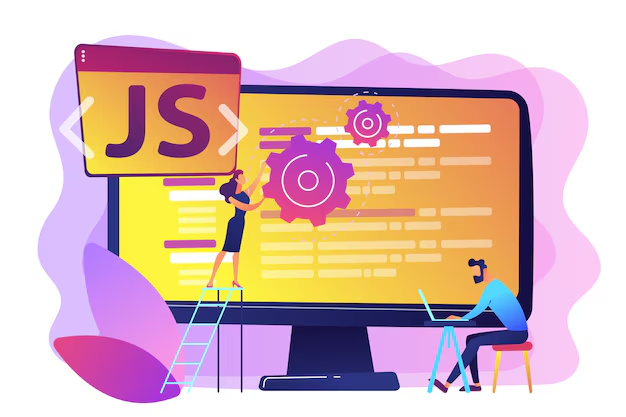
Overview of Popular JavaScript Frameworks and Libraries in 2024: JavaScript frameworks and libraries streamline the development process by providing pre-written code for common tasks. Popular choices in 2024 include:
- React: A library for building user interfaces, known for its component-based architecture and virtual DOM.
- Angular: A full-featured framework for building dynamic web applications, offering two-way data binding and a robust CLI.
- Vue.js: A progressive framework that is flexible and easy to integrate with existing projects, known for its simplicity and performance.
Comparison of React, Angular, and Vue.js:
- React: Ideal for building single-page applications (SPAs) with high performance and a large ecosystem. It’s favored for its flexibility and reusability of components.
- Angular: Best suited for larger applications that require a comprehensive framework with built-in features like dependency injection and routing.
- Vue.js: A great choice for projects that need a lightweight framework with an easy learning curve and strong performance.
Choosing the Right Framework for Your Project: Consider factors such as project complexity, team expertise, and specific requirements when choosing a framework. React is often chosen for its versatility, Angular for its all-in-one solution, and Vue.js for its simplicity and ease of integration.
13. WebAssembly

Introduction to WebAssembly and Its Benefits: WebAssembly (Wasm) is a binary instruction format that allows code written in languages like C, C++, and Rust to run in the browser at near-native speed. It provides a way to execute high-performance code on the web, expanding the capabilities of web applications.
How It Enhances Web Performance and Enables New Possibilities: WebAssembly boosts performance by enabling complex computations and applications to run more efficiently than JavaScript alone. It opens up new possibilities for web applications, including game development, video editing, and more intensive data processing tasks.
Use Cases and Examples of WebAssembly in Action:
- Blazor: A framework for building interactive web UIs using C# and .NET, powered by WebAssembly.
- Figma: A web-based design tool that uses WebAssembly to deliver a high-performance user experience.
14. Internet of Things (IoT) Integration

Growing Trend of IoT Integration in Web Development: The Internet of Things (IoT) involves connecting physical devices to the internet, allowing them to collect and exchange data. Integrating IoT into web development enables developers to create applications that interact with and control IoT devices.
How Web Developers Can Connect and Control IoT Devices:
- APIs and Protocols: Use APIs and protocols like MQTT, CoAP, and HTTP to communicate with IoT devices and access data.
- WebSockets: Implement WebSockets for real-time communication between web applications and IoT devices.
- IoT Platforms: Leverage platforms like AWS IoT, Google Cloud IoT, and Azure IoT Hub for managing and integrating IoT devices.
Examples of IoT-Enabled Web Applications:
- Smart Home Dashboards: Applications that allow users to control smart home devices like lights, thermostats, and security systems from a web interface.
- Wearable Health Devices: Web applications that track and analyze health data from wearable devices, providing insights and recommendations.
Conclusion
Staying informed about the latest web development trends is crucial for students and aspiring developers. By understanding and implementing these trends, you can enhance your skills and build more effective, user-friendly web applications. From responsive design and JavaScript frameworks to WebAssembly and IoT integration, the future of web development offers exciting opportunities for innovation and growth.


